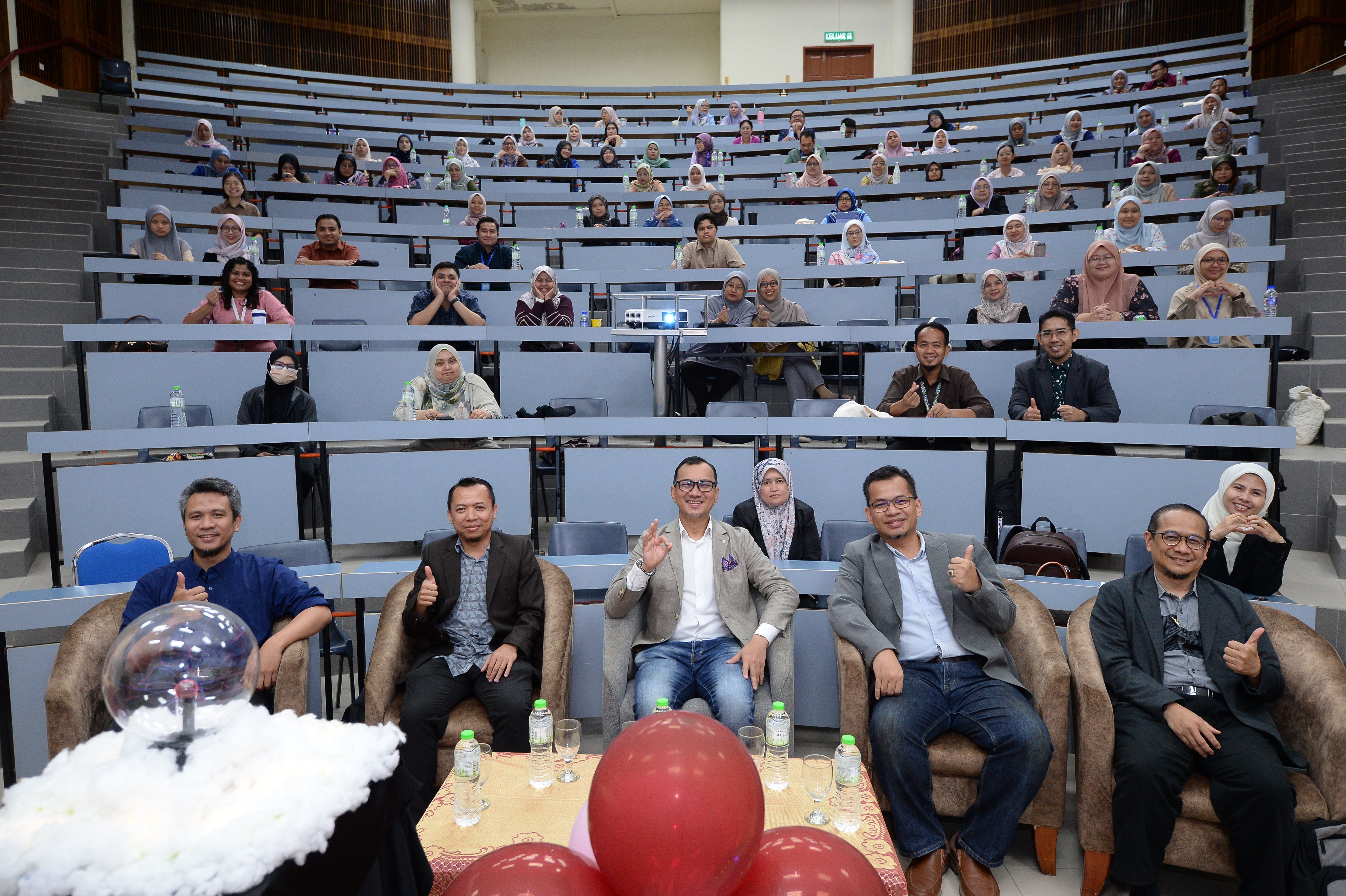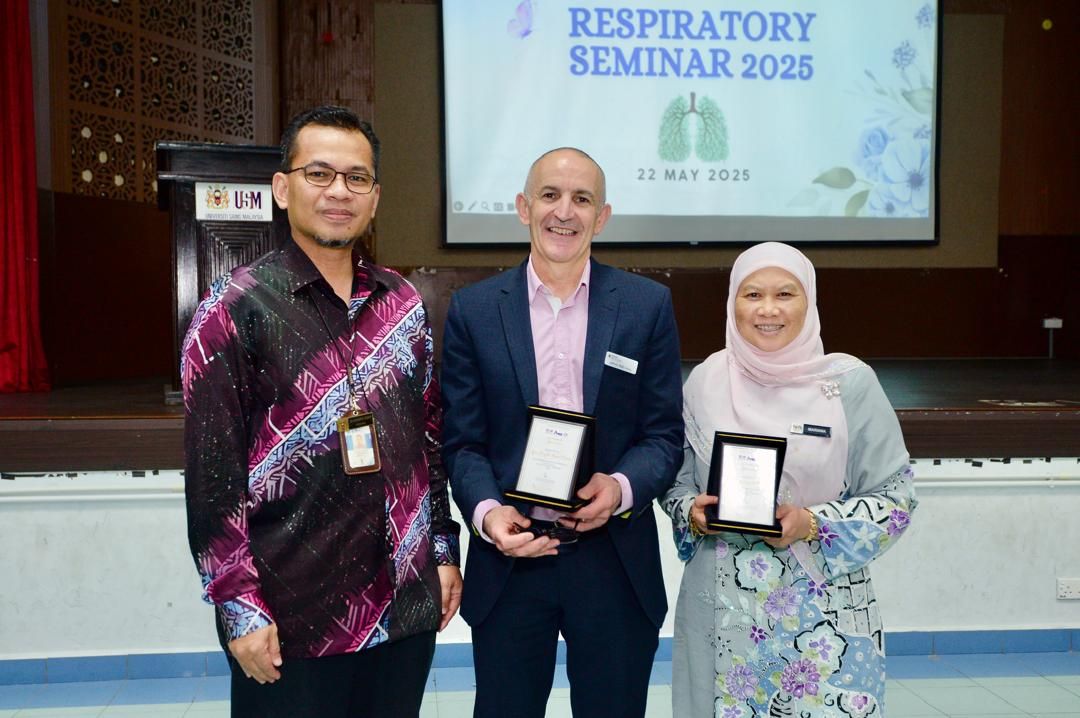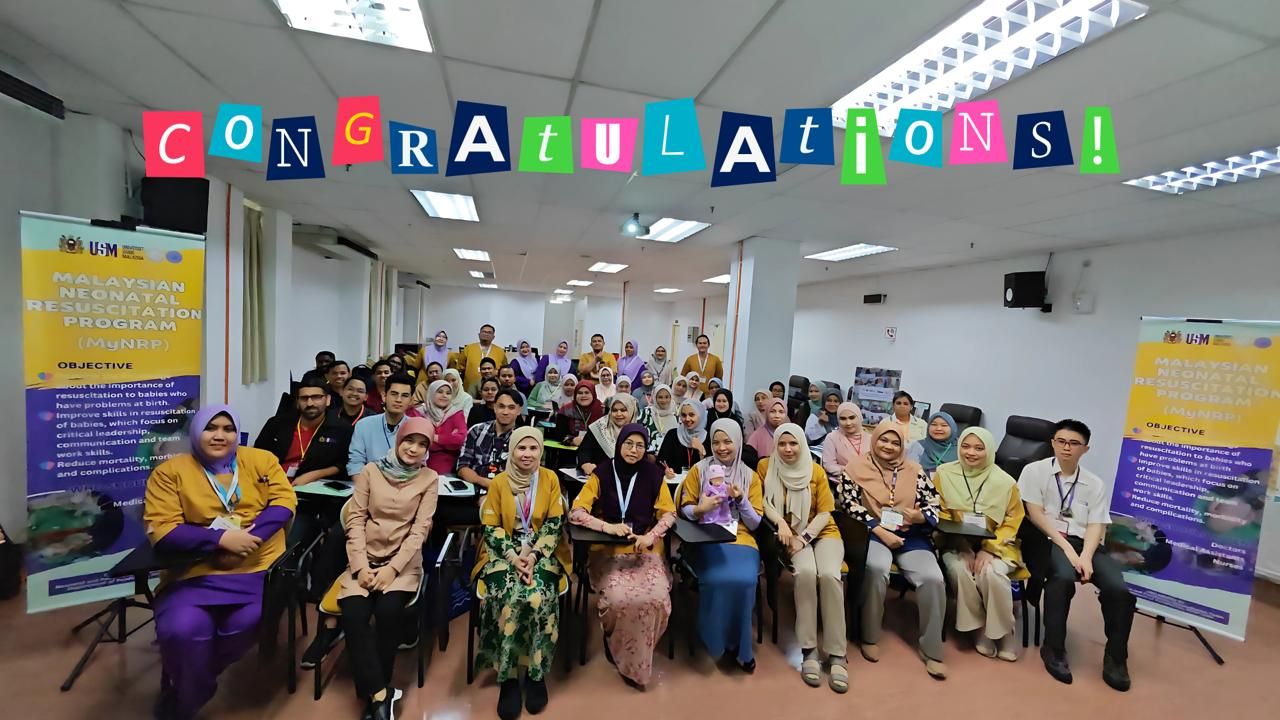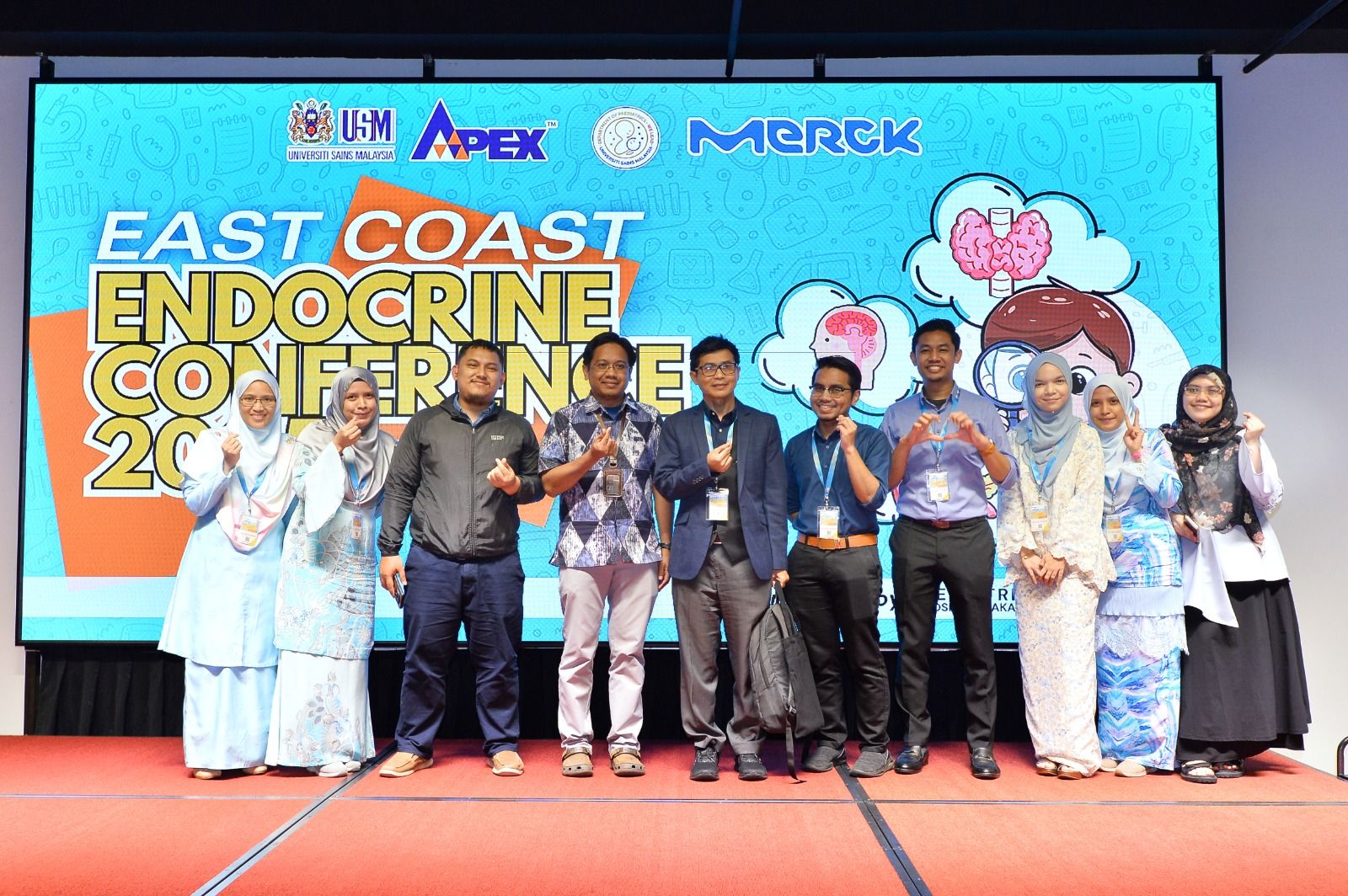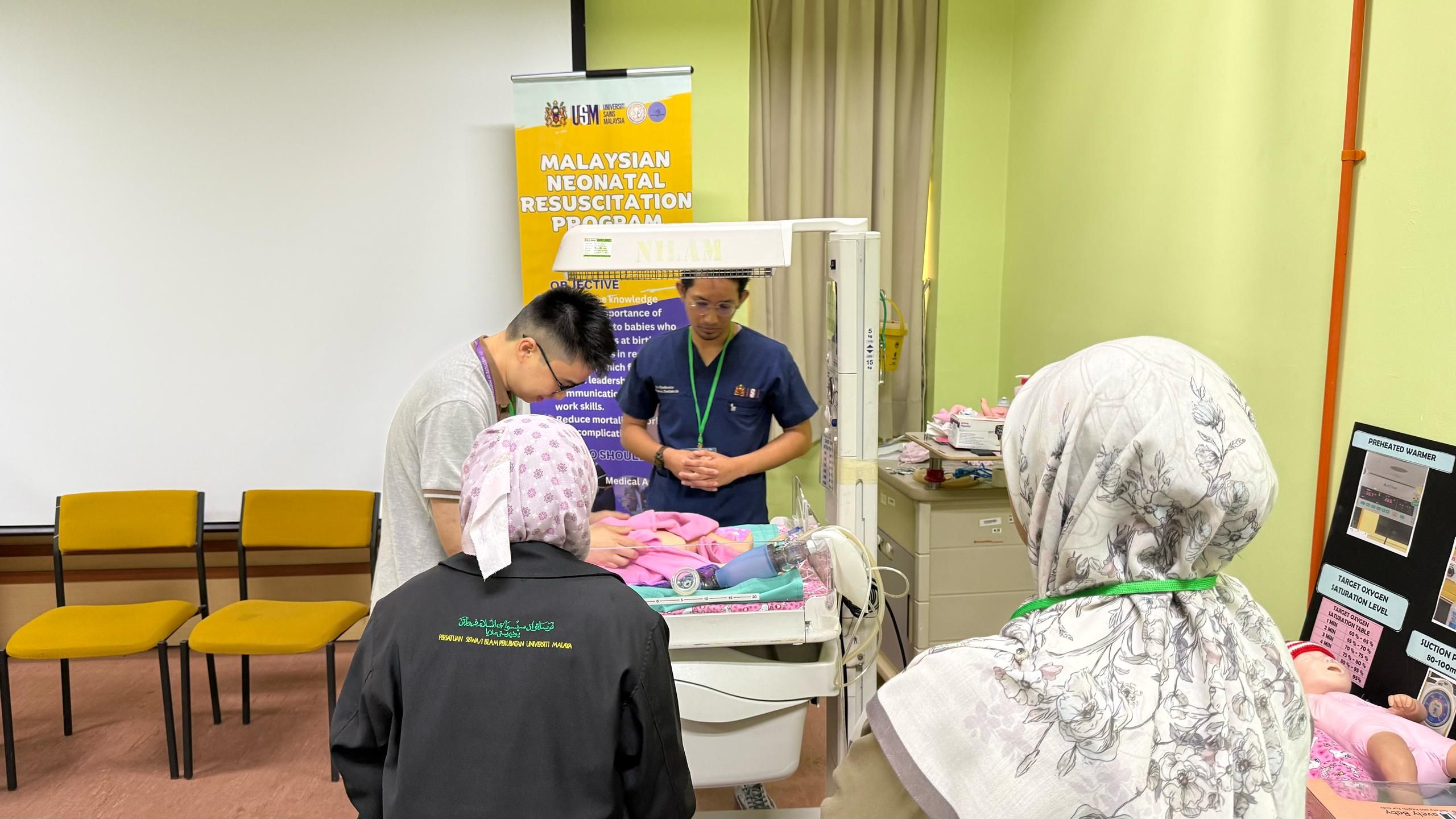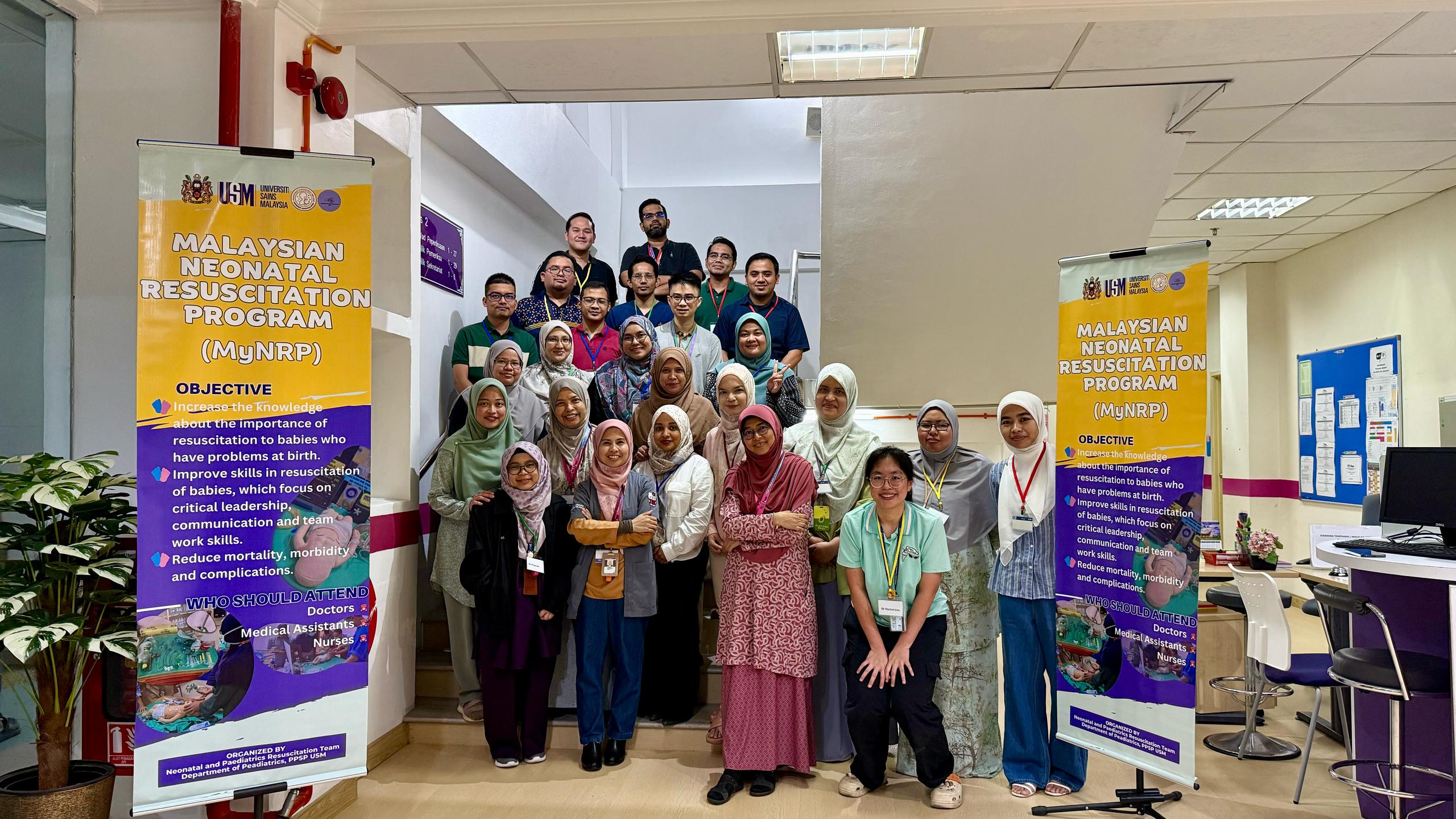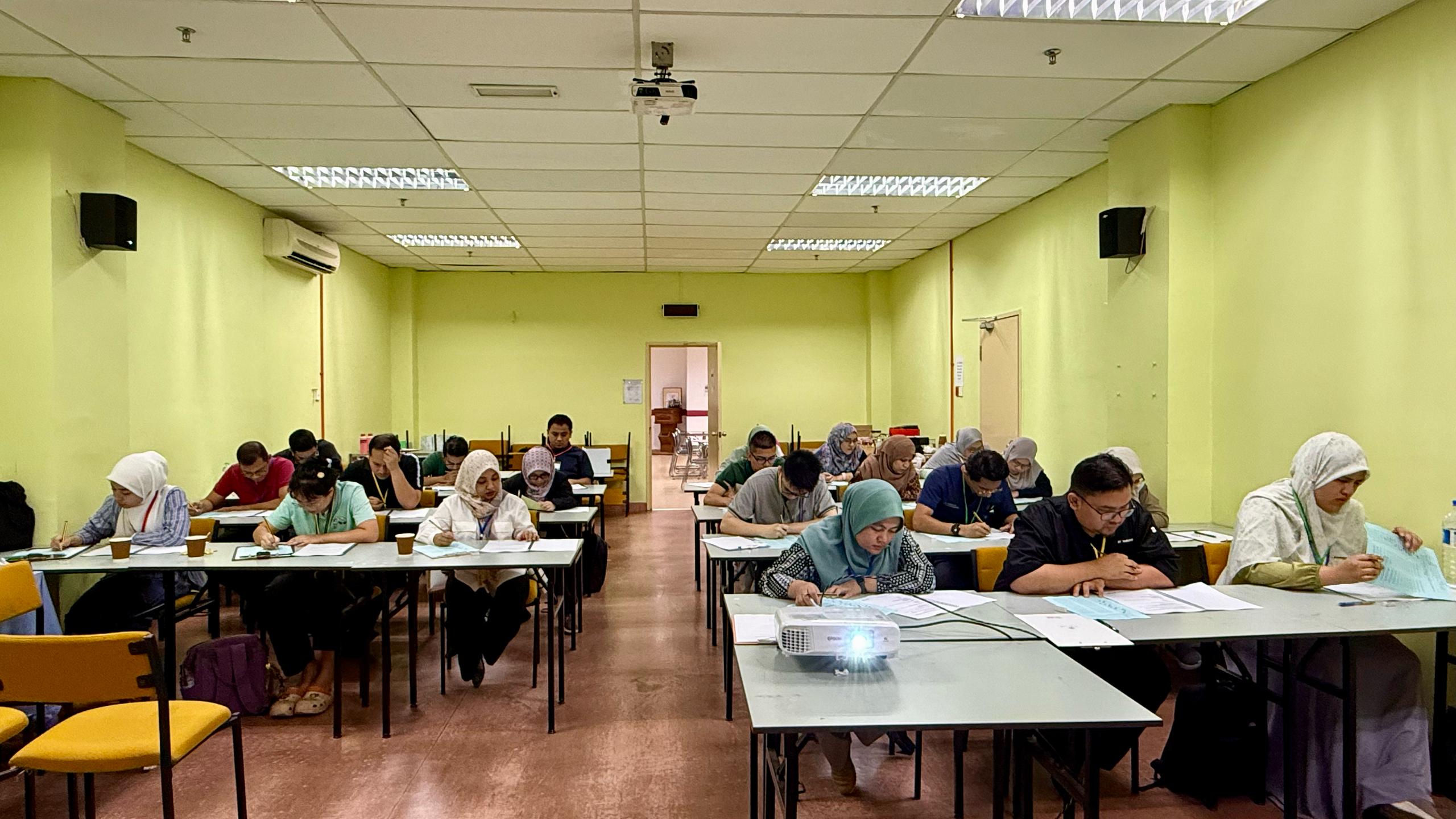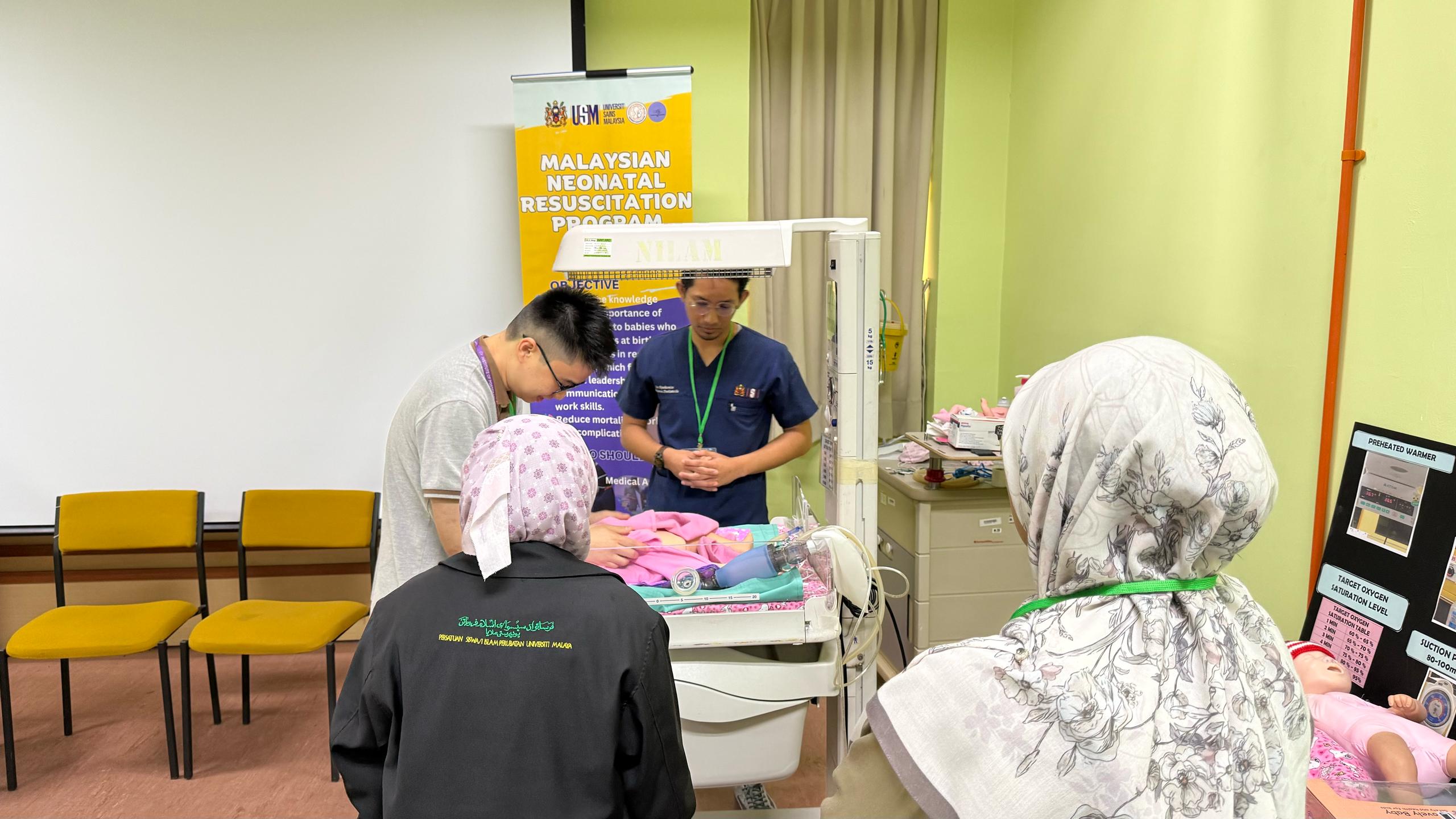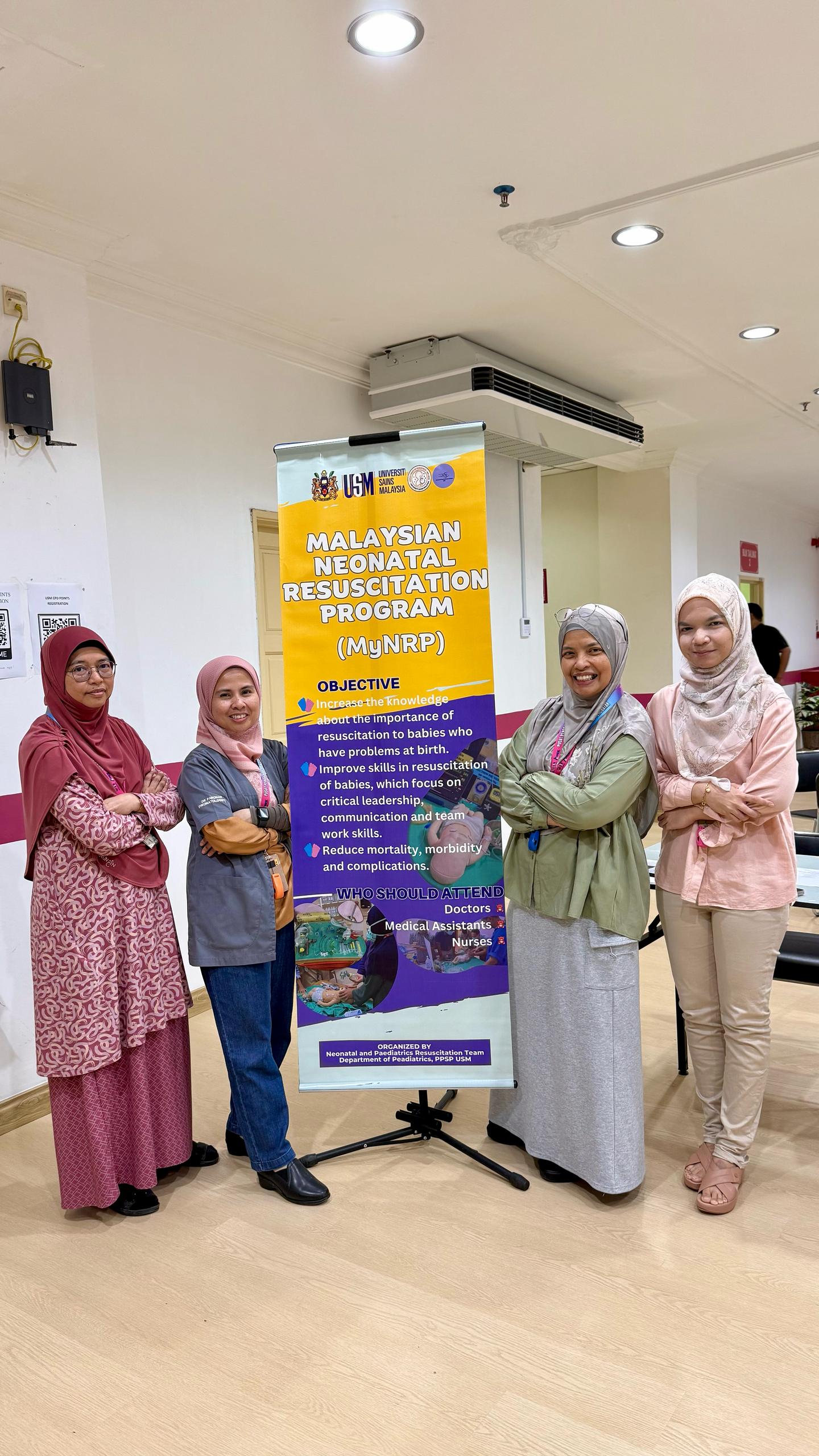East Coast Paediatric Neurology Update 2025 Gathers Experts to Advance Child Neurological Care
East Coast Paediatric Neurology Update 2025 Gathers Experts to Advance Child Neurological Care

The 2nd annual East Coast Pediatrics Neurology Update 2025 was held on the 24th of May 2025 at the premises of the Health Campus of University Sains Malaysia at Dewan Kuliah 3. The conference was attended by 103 doctors, nurses and allied health professionals from all over the east coast peninsula of Malaysia. During the 9 hours program, 3 experts shared updates on current management strategies and new treatments – focusing on developmental delay, epileptic encephalopathy, cerebral palsy and myopathies.
The event started with a welcoming speech by the Head of Department of Paediatrics, Asst. Prof. Dr. Mohd Ikram bin Illias, then followed by the officiating speech by the Hospital Director, Professor Dato' Dr. Ab Rahman Izaini, setting a warm and enthusiastic tone for the day.

Welcoming speech by the Head of the department of Paediatrics, Asst Prof. Dr. Mohd Ikram Illias

Officiating speech by the Hospital Director, Professor Dato' Dr. Ab Rahman Izaini

Officiating gimmick to kick-start the event
The symposium began with Dr. Nor Azni Yahaya presenting on “Global Developmental Delay in Children,” addressing the most fundamental challenge in paediatrics. This was followed by another session by Dr. Nor Azni Yahaya on “Developmental Epileptic Encephalopathy: Management Update, highlighting recent advances in treatment strategies, emphasizing emerging therapies and personalized approaches that aim to improve seizure control and developmental outcomes

Dr. Nor Azni Yahaya in action
The symposium resumed with Dr Rohaya Mohamad discussing “Macrocephaly and Microcephaly in Children”, providing a structured approach to evaluating abnormal head growth patterns, followed by an in-depth discussion on “Cerebral Palsy: Diagnosis and Aetiology,” which emphasized early identification and the diverse underlying causes of the condition

Dr Rohaya giving her lecture
Dr. Wan Mohd Aiman then presented on “Cerebral Palsy: Rehabilitation Management”. The session underscored the importance of a multidisciplinary approach, focusing on individualized therapy plans to optimize functional outcomes, enhance quality of life of the affected children and hence providing a better prognosis overall.

Dr Wan Mohd Aiman engaging with the audience
A lunch talk was delivered by Dr. Nor Azni Yahaya on “Dysport in Cerebral Palsy”, focusing on the use of botulinum toxin in spasticity management. Just like Botox, Dysport offers another option that is safe, effective, durable and cost effective for long term care.
Participants were captivated by the lecture.
The afternoon sessions featured Dr Azamin, who presented on “Unlocking the Mystery of Common Myopathies”. This extensive topic was effectively deconstructed into practical approaches and clinical algorithms, making the content more accessible and easier to comprehend for participants. The final topic presented by Dr Azamin was “An “Old” Chapter: Progress and Challenges in Duchenne Muscular Dystrophy” - where he reflected on our current stand with the disease, our challenges with getting earlier diagnosis and steps to be taken for a better prognosis.

Asst. Prof. Dr. Azamin in his element
The event concluded with a quiz and prize-giving ceremony followed by a token–giving ceremony to the speakers for their contributions.






